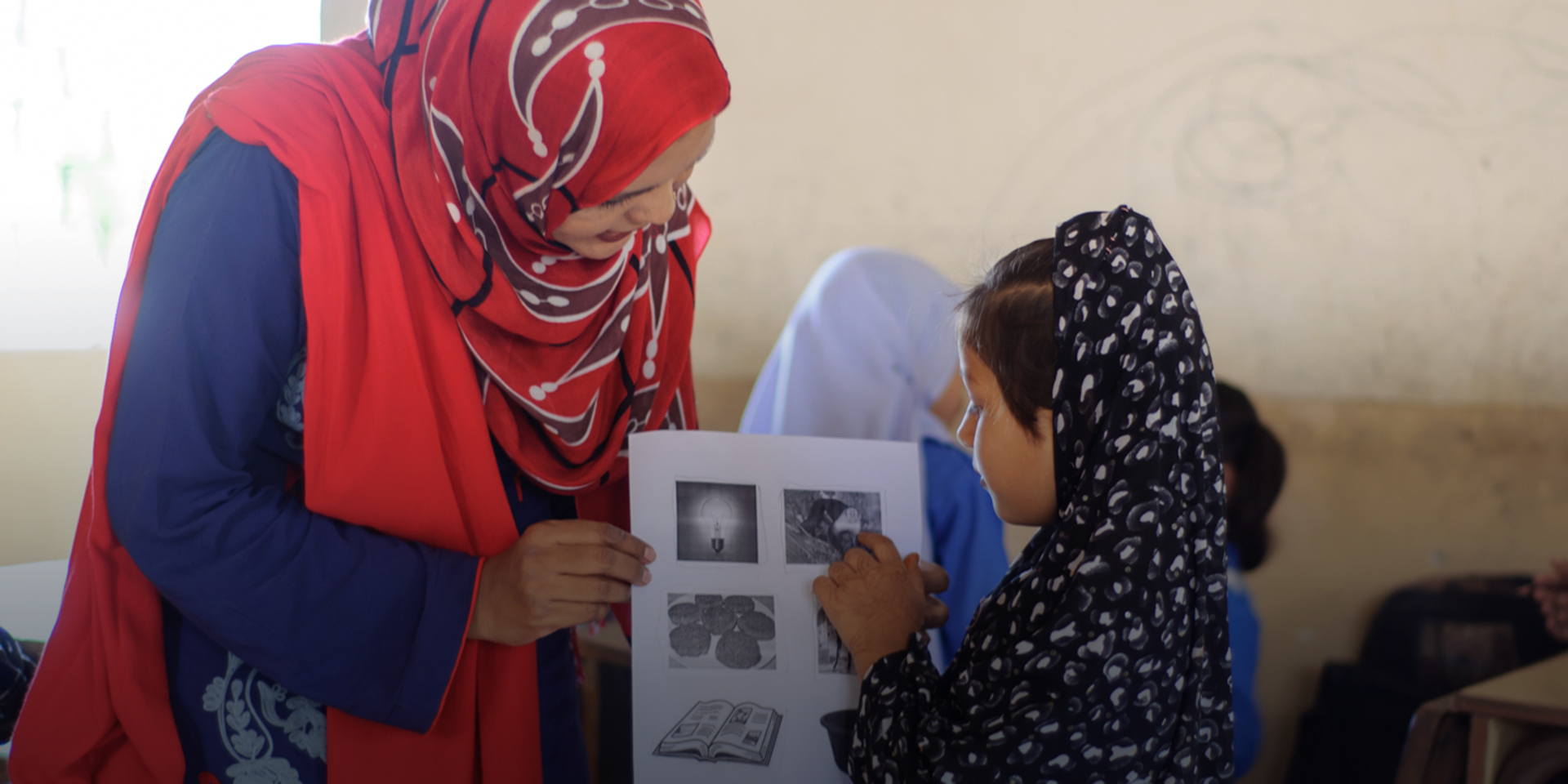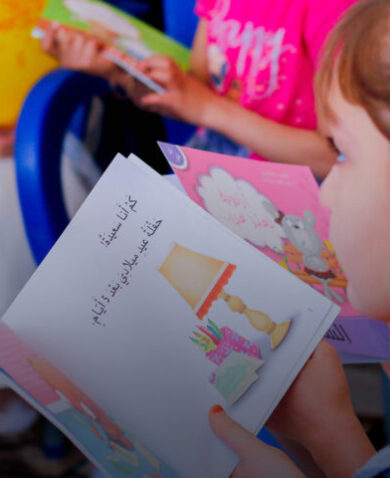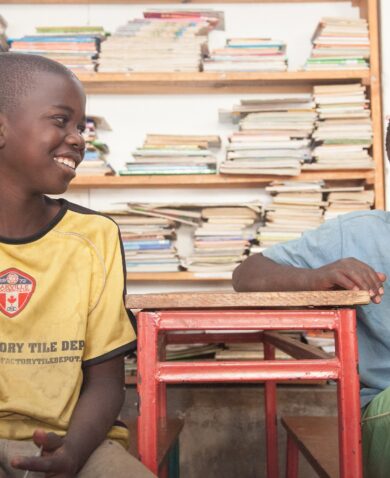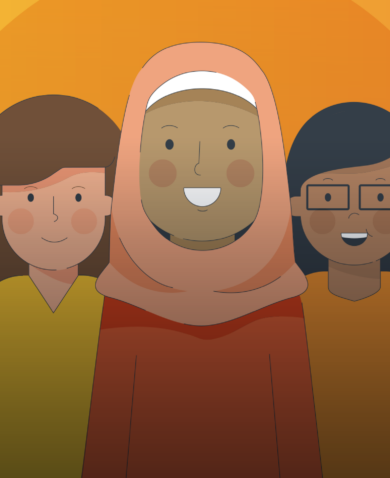The Inherent Challenges
Challenges with observing teaching practices arise due to several factors. Classroom observers often make judgments based on an emotional response. For example, observers might have their own preferences on what good teaching looks like and can project that as they complete the observation instrument. An observer might think, Hey, that is exactly how I would respond to that student — perfect! This might be accurate in terms of what good teaching practice looks like, but then again, it might not be. Another challenge for observers is the ability to accurately tell if students are learning, as learning may not be visible. Students may appear engaged, class content is being covered, the classroom may feel calm, and students may be receiving teacher feedback. All of this may be true and yet, are the students really learning? And if so, what are they learning?
Another question is how do observers accurately capture the entire teaching and learning experience without missing some aspect of what is going on? Research has demonstrated that it is quite difficult for observers to focus their observations (on teacher-student interactions, for example) and at the same time be able to capture everything that is going on in the environment. How easy it is to miss essential information because our attention is focused elsewhere is best demonstrated by research in the late 1990s in which researchers asked participants to count the number of passes made by a group of college students playing basketball. Participants were so focused on counting passes that when a woman dressed in a gorilla suit walked straight through the basketball game, 50 percent of participants did not notice. Observers can experience similar challenges.
“Fixing” Teacher Observation
So, if these are some of the challenges, do we still want to push the importance of observing teaching practices? Yes, absolutely! It is difficult to imagine providing clear, detailed, and accurate support to teachers on an ongoing basis without the use of some form of observation of the teachers’ practice. This information is critical as teachers continually reflect on their teaching practices and work to improve them. How do we ensure that the information collected through the observation tool is accurate and meaningful to teachers? How do we support teachers to use the information gathered from the observation tool along with the student achievement data to improve their teaching practices?
Here are effective practices for classroom observation:
- Observation tools need to be evidence-based, reliable, and valid.
- The indicators on the observation tool should be detailed, specific, and measurable for the specific context, grade, and type of lesson (for example, a grade 1 reading lesson).
- The observation tool is clearly laid out, easy to use, and not too cumbersome.
- Observers are trained on using the observation tool and have been assessed for inter-rater reliability.
- Observers arrive at each observation “ready to learn” and leave their assumptions at the door.
- Teachers have a clear understanding of what good teaching practices look like in advance of being observed and understand what the observer is looking for throughout the observation. Observations can be stressful for teachers, especially in high-stakes situations, so ways to minimize stress and anxiety will help the teacher relax and the observer capture what is actually occurring in the classroom.
- Classroom observations are used in conjunction with student formative assessment information so teachers can better understand their teaching practices and what students are learning.
- If the technology is available, videotaping classroom observations can be a powerful and impactful tool because teachers are able to view and unpack their own classroom teaching practices with their mentor or coach.
- Multiple observers spend time in any one classroom over the course of a year so that any observer bias can be minimized, a best practice backed up by research.
Ensuring ongoing training and support for classroom observers who are often school leaders and often serve as coaches and mentors can help with fidelity of use of the observation tool and provide a more cohesive program to support the improvement of teaching practices. Classroom observation used in conjunction with student formative assessment information is important for teachers so they can clearly understand student learning in their classroom and how to target their teaching practices to support continued learning. Having a better understanding of what their own teaching practices look like (in conjunction with evidence-based teaching practices for student learning) and what students are learning will lead to better teaching practices. Improved teaching practices will improve student learning outcomes.



















